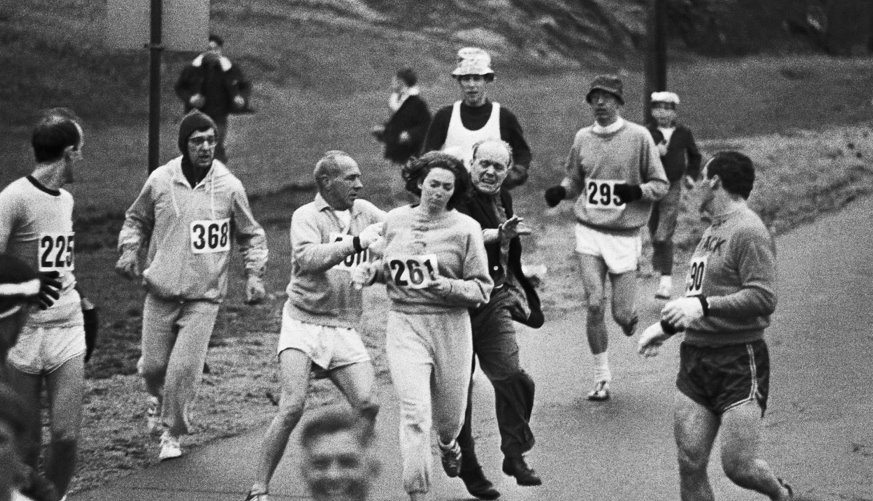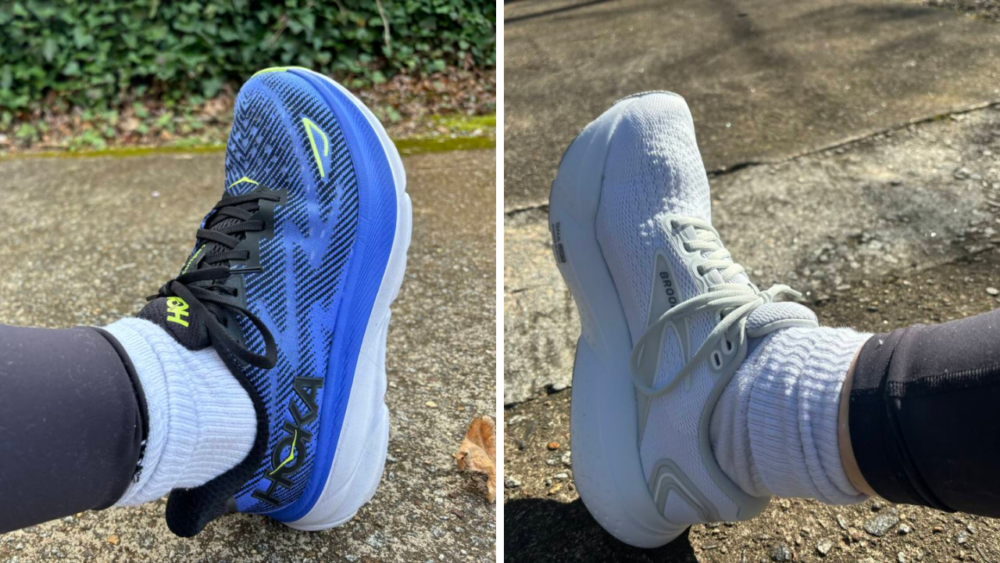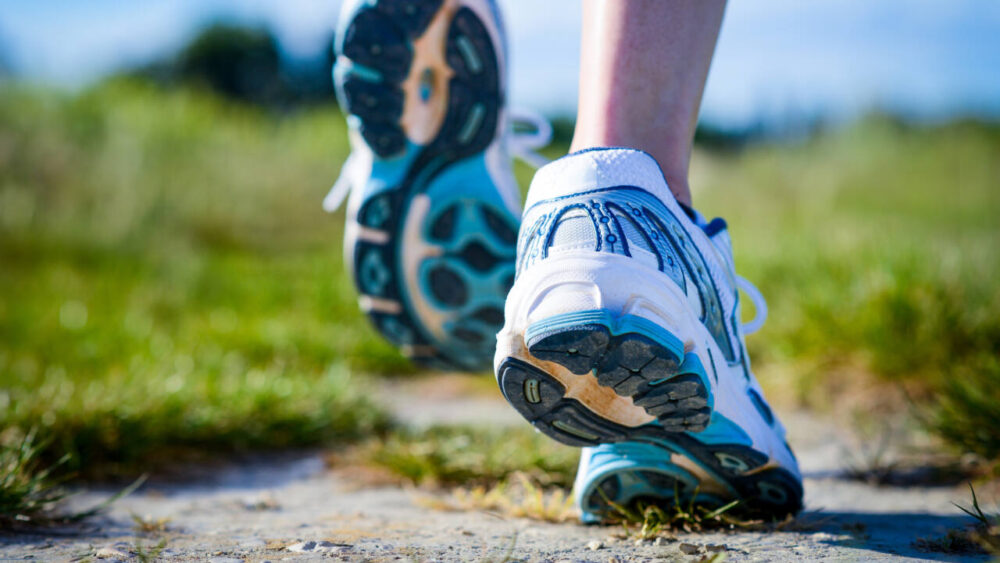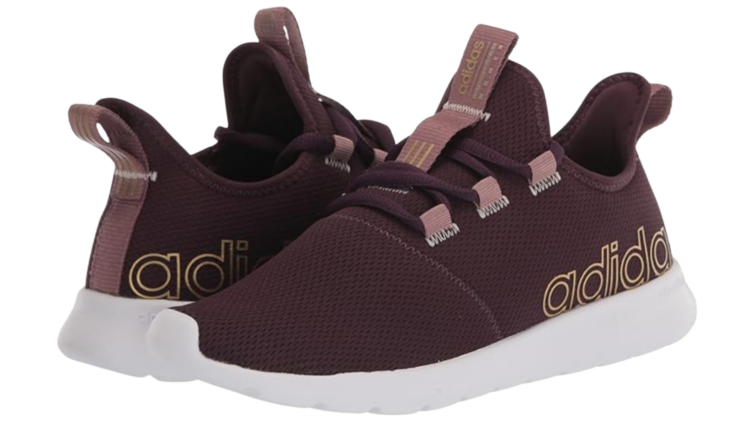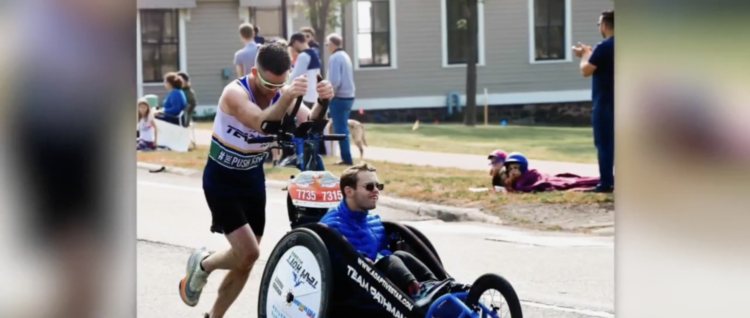First Woman To Run Boston Marathon Competed Again This Year
In 1967, Kathrine Switzer entered the Boston Marathon under the name K.V. Switzer. The first female to officially enter the event, not everyone was pleased to see the 20-year-old running the race. An official even attempted to knock her off the course a few miles in (as the famous snapshot from the race shows). But she finished, made history and this year, she ran again at age 70.
Though there were no official rules barring women from the race at that point in time, women rarely engaged in competitive sports. Even Switzer’s coach at Syracuse, where she was an undergraduate journalism major, told her marathons were too long for “fragile women.”
But nevertheless, she persisted. Switzer was the first woman to wear a Boston Marathon bib number in 1967 (though the race didn’t officially welcome women until 1972 and another female runner, Roberta Gibb, had run the race without numbers and incognito the year prior).
A few miles into the run, Semple, a race official, attacked Switzer, grabbing for her number and yelling “Get the hell out of my race and give me those numbers!” Fellow runners, including Switzer’s boyfriend, defended Switzer and she was able to keep running and finish in 4 hours and 20 minutes.
And since then, Switzer has run in 40 marathons, including nine Boston Marathons and winning the New York City Marathon in 1974 with a time of just over three hours. And FYI, she finished under the qualifying time of 4:44:31 at an average speed of 10:51 per mile, which is faster than I’ve ever run arguably in my entire life.
Switzer is also the founder of women’s running club 261 Fearless that encourages women around the world to join running clubs for their own personal empowerment. Why 261? That’s the number she wore on her official Boston Marathon bib in 1967, which was retired this year in Switzer’s honor.
“We learned that women are not deficient in endurance and stamina, and that running requires no fancy facilities or equipment,” Switzer wrote in a column for The New York Times in 2007. “Women’s marathoning has created a global legacy.”
And it’s true—Switzer’s tireless work to include women in the world of running has had a serious legacy. It’s thanks to her efforts that the women’s marathon was included as an official Olympic event in 1984. Today, women in the world of running (and sports as a whole) have made a name for themselves as fearless and respected athletes.
“What happened on the streets of Boston 50 years ago completely changed my life and changed other people’s lives,” she told CNN in a phone interview after the race. “The race today was a celebration of the past 50 years; the next 50 are going to be even better.”


